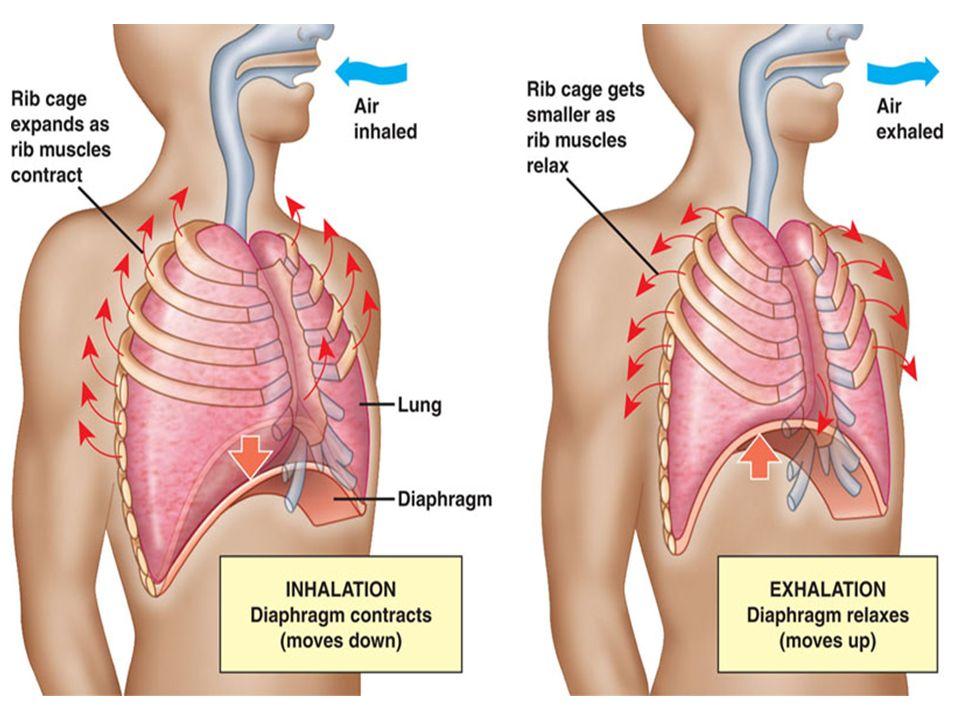We’ve all been affected by stress, and our emotional responses are similar. Though, our physical responses can vary greatly. Some of us tend to shrug our shoulders, while others grip their hands tight. In less obvious ways, a few of us will curl our toes, or even bite our tongues, hiding the effects of stress from being seen. But, along with these various responses to stress, we have one that is quite similar; our changes in breathing.
At some point in our life, our breathing pattern will negatively change. Common changes include holding our breath briefly, sighing often, and shortening either our inhale or exhale. These changes in breathing can add a lot of additional stress to our many secondary breathing muscles, which are located in our neck, chest, and back. And, all of us would agree we do not need these areas to be any tighter than they already are. Though, one muscle many of us forget about, thus weakening its abilities, is our diaphragm.
Our diaphragm, which is located in our lower chest cavity, is our primary breathing muscle. With each inhale, our stomachs should move outward, as our diaphragm contracts to allow our lungs to fill with air. And, with each exhale, our stomachs should move inward, as our diaphragm relaxes to expel air. With these two movements, our chest should remain relatively relaxed, leaving our secondary breathing muscles less tense.
Unfortunately, as we respond to stressful events through our years, many of us have become, or will become, chest breathers. Chest breathers have a weaker diaphragm than stomach breathers. So, to help aid you in becoming a stronger stomach breather, I am sharing breathing exercises that I, myself, have used in the past.
The following three breathing exercises can be performed each day to strengthen your diaphragm, and, in turn, decrease the tension in your secondary breathing muscles, which can reduce general neck and shoulder tension.
Breathing Exercise # 1: Initiating Abdominal Breathing
Place one hand on the center of your belly and your other hand on your chest. When you breathe in, emphasize the movement of your belly hand, by allowing your breath to expand your belly. As soon as you feel your chest hand moving, you should stop inhaling and begin exhaling. By emphasizing your belly hand motion you will gradually learn to recruit breathing with your diaphragm. Practicing this in bed for 5 minutes before you fall asleep, or once you wake in the morning. You can also practice during your massage sessions. Continue your practice until this becomes more natural and relaxing with your breathe.
Breathing Exercise # 2: Emphasizing the Exhalation
If Breathing Exercise #1 makes you more tense, particularly when finishing your inhale as soon as your chest hand moves, then focus more on your exhalation. Emphasize your exhalation, then move enthusiastically into your inhalation with a bit more belly breath than normal. Over time, gradually recruit your diaphragmatic motion, more and more.
Breathing Exercise # 3: Strengthening with a Weighted Object
Another exercise uses a weighted object. The use of a light weight object creates a little more pressure on your belly, stretching, or doming, the diaphragm a bit. Breathe in with emphasis on the motion of the object moving up towards the ceiling. This exercise will strengthen your diaphragm over the course of a few weeks. Re-conditioning of your diaphragm makes it a more natural option for breathing in stressful situations.
Your weighted object can be a gallon Zip-lock bag half-filled with rice, a sandbag, or a similar object to rest comfortably on your belly. Placement of this object should be below your rib cage, and extending just past your belly button.
Breathe for 10 to 20 full breaths, then remove the object for 10 un-weighted breaths. Follow with another cycle of 10 weighted breaths.
How can massage therapy help my breathing?
Your massage and bodywork therapists can help aid your breathing by reducing tension and stress on your secondary breathing muscles. Releasing tension in the muscles of your thoracic cavity and neck can allow for a more relaxed breath. And, a 10-minute diaphragm release technique, which reduces tension around the lower ribs and stomach, can be added to any massage or bodywork session.






